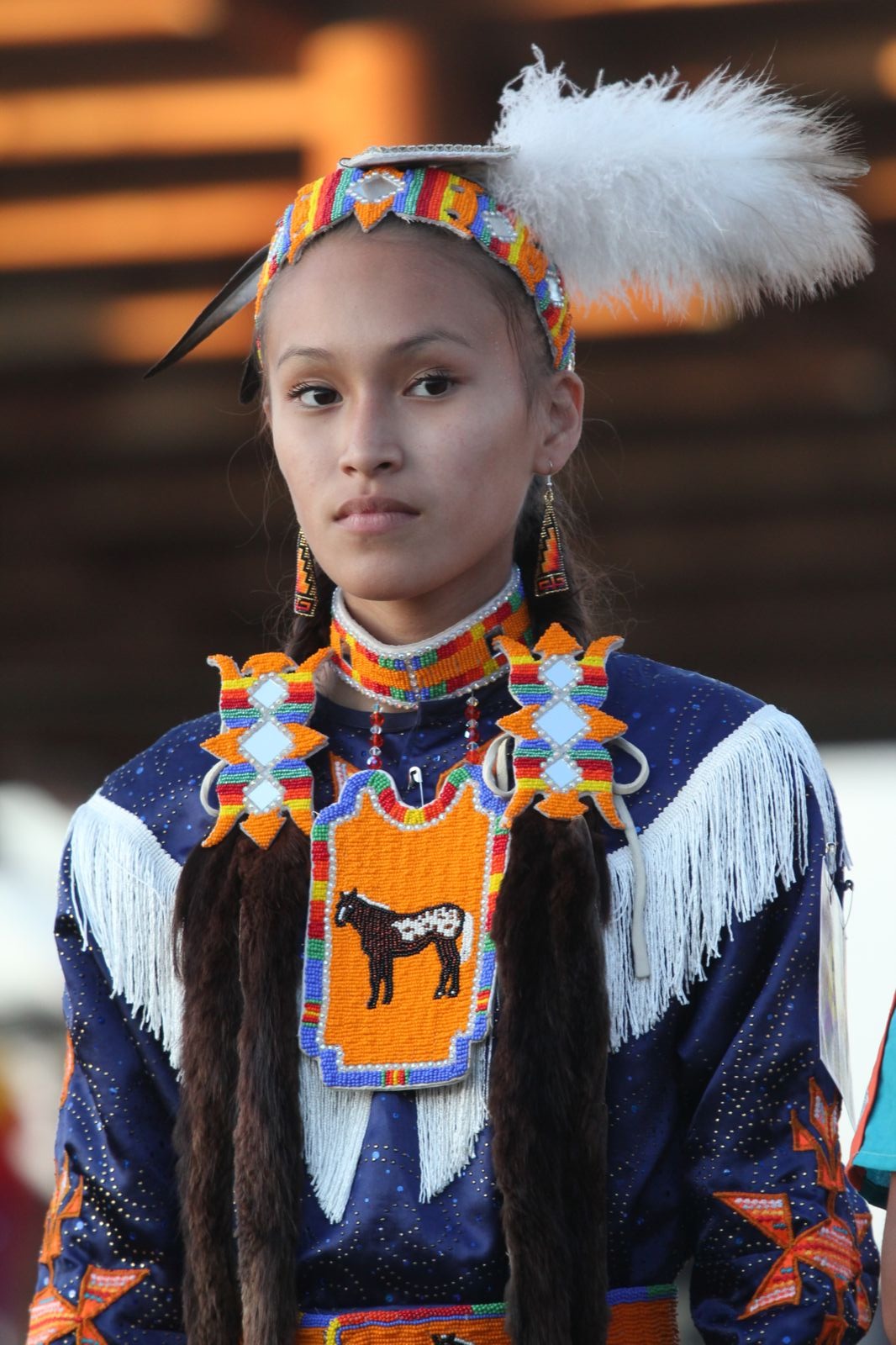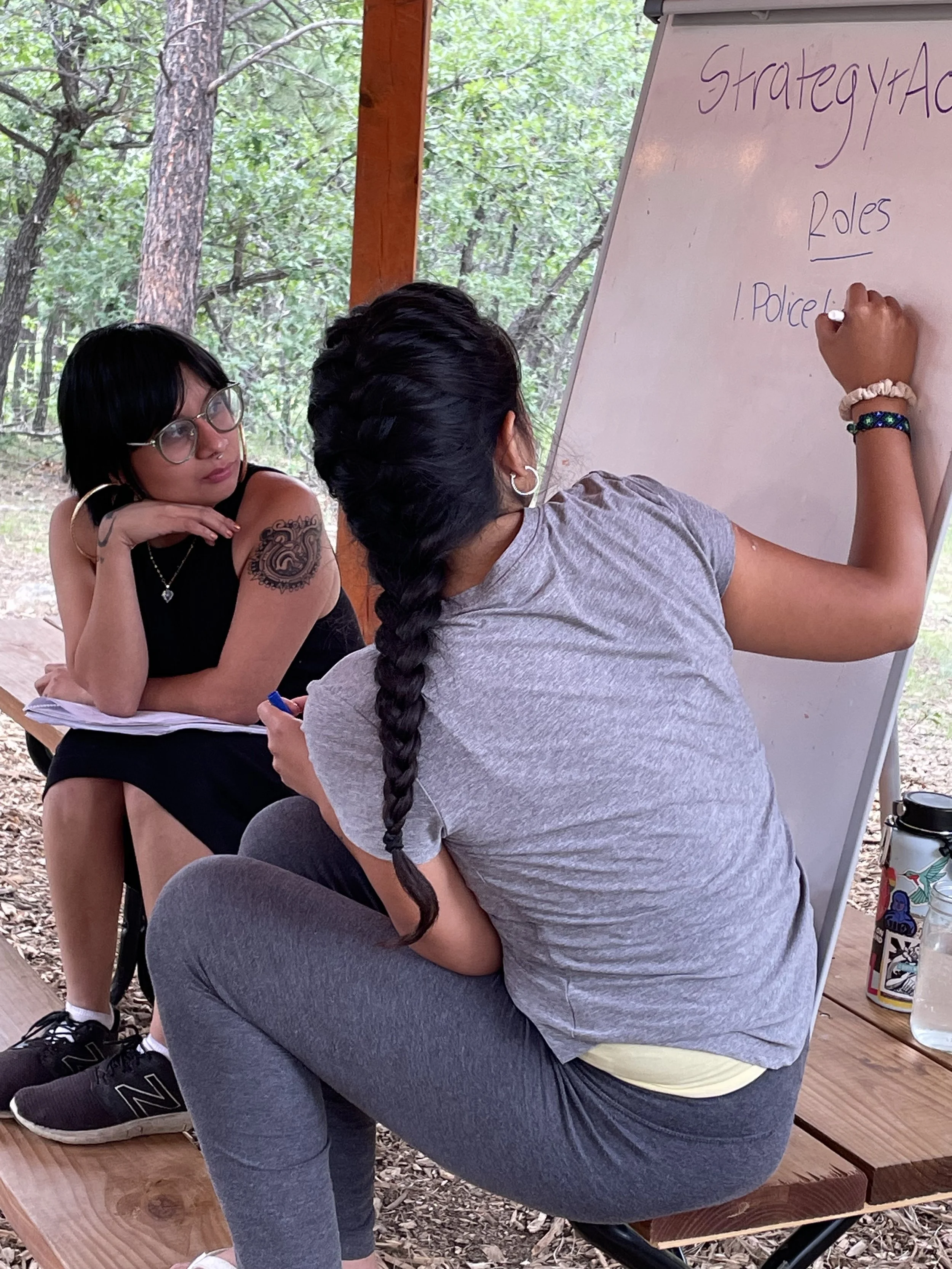
Rising Tides, Ancient Roots: Indigenous Youth Forging Futures on Turtle Island
On Turtle Island, a profound shift is underway, quietly yet powerfully redefining the future of Indigenous nations. At its heart lies a vibrant, unwavering force: Indigenous youth leadership. Far from the often-stereotyped images of a past marred by struggle, these young leaders are actively reclaiming narratives, revitalizing cultures, and spearheading movements for justice, sovereignty, and environmental stewardship, demonstrating a resilience and vision that defies generations of colonial oppression. They are not merely the inheritors of a legacy; they are its architects, building new pathways rooted in ancient wisdom and contemporary innovation.
The statistics alone paint a compelling picture: Indigenous populations across North America are significantly younger than the non-Indigenous demographic. In Canada, for instance, nearly half of the Indigenous population is under the age of 25. This demographic reality places an immense responsibility and opportunity on the shoulders of a generation poised to lead. Unlike previous generations forced to contend with overt assimilation policies, today’s Indigenous youth are armed with increasing access to education, technology, and a growing global awareness of Indigenous rights. They are digital natives, fluent in the languages of social media and global advocacy, yet deeply connected to the land and the teachings of their elders.
Reclaiming Identity and Revitalizing Culture
At the core of much Indigenous youth leadership is the urgent and joyful work of cultural revitalization. For generations, colonial policies like residential schools and the Sixties Scoop actively sought to erase Indigenous languages, spiritual practices, and knowledge systems. Today, young people are at the forefront of reversing this damage. They are learning ancestral languages from fluent elders, often becoming teachers themselves, ensuring that these vital carriers of worldview and identity do not fade.
"Our language is not just words; it’s a worldview, a connection to our ancestors, and a blueprint for our future," states a young Anishinaabe language apprentice in Northern Ontario. "When I speak Anishinaabemowin, I feel my ancestors with me. It’s power." This sentiment echoes across Turtle Island, as youth organize language camps, create online dictionaries, and produce contemporary music, films, and art in their traditional tongues, bridging ancient forms with modern expressions. They are actively involved in ceremonies, powwows, and traditional gatherings, understanding that these practices are not relics of the past but living, breathing expressions of Indigenous nationhood and spiritual strength.
Environmental Stewardship: Guardians of the Land and Water
Perhaps no area sees Indigenous youth leadership shine more brightly than in environmental advocacy. Rooted in traditional ecological knowledge (TEK) and the inherent responsibility to protect Mother Earth for future generations, young Indigenous people are at the forefront of climate justice movements, land back initiatives, and water protection efforts. They understand that the health of the land is intrinsically linked to the health of their people.
Autumn Peltier, the Anishinaabe water protector from Wiikwemkoong First Nation, epitomizes this leadership. From a young age, she has addressed world leaders at the United Nations and other global forums, advocating for the sacredness of water and the need for its protection. Her powerful message, "Water is life, not a resource," resonates deeply and has galvanized countless others. Peltier’s work is not an anomaly; it is part of a broader movement where Indigenous youth are physically putting their bodies on the line to protect ancestral territories from industrial extraction, pipelines, and pollution. They are leading blockades, organizing protests, and utilizing scientific data alongside traditional knowledge to make compelling arguments for sustainable practices and Indigenous sovereignty over their lands.
The "Land Back" movement, gaining significant traction, is largely fueled by youth. They advocate for the return of unceded or illegally appropriated lands, not merely as a matter of property, but as a path to ecological restoration, cultural resurgence, and economic self-determination. They see the return of land as essential to healing historical trauma and building a sustainable future where Indigenous governance models can lead to more harmonious human-environment relationships.
Political Advocacy and Self-Determination
Indigenous youth are also powerful political advocates, pushing for the implementation of treaty rights, the United Nations Declaration on the Rights of Indigenous Peoples (UNDRIP), and genuine self-determination. They are active within their own community governance structures, often serving on youth councils or advising elected leadership. Beyond their communities, they are lobbying governments, participating in policy discussions, and using social media to hold elected officials accountable.
Their political engagement is often characterized by a fierce impatience with the status quo and a demand for immediate action. They are adept at deconstructing colonial narratives and exposing systemic injustices. Whether it’s advocating for Missing and Murdered Indigenous Women, Girls, and Two-Spirit People (MMIWG2S+), demanding better mental health services, or pushing for equitable education systems, these young leaders are articulate, strategic, and unrelenting. They are not merely asking for a seat at the table; they are often building new tables, or reclaiming their rightful place at ancestral ones, bringing with them a perspective shaped by both historical memory and future aspirations.
Addressing Trauma and Fostering Healing
The weight of intergenerational trauma – the lasting impacts of residential schools, forced displacement, and ongoing discrimination – is a heavy burden. Yet, Indigenous youth leaders are actively engaged in processes of healing and resilience. They are creating safe spaces for peers to share experiences, organizing workshops on cultural wellness, and integrating traditional healing practices into contemporary mental health approaches.
.jpeg?format=1500w)
Many young leaders speak openly about their own struggles with identity, mental health, and the impacts of colonialism, breaking down stigmas and fostering environments where vulnerability is seen as a strength. They are role models demonstrating that healing is possible and that cultural connection is a powerful antidote to historical pain. Their work in this area is not just about individual well-being but about collective resurgence, understanding that a healthy community is built on healthy individuals who are grounded in their culture and supported in their journeys.
Challenges and Resilience
The path of Indigenous youth leadership is not without its formidable challenges. They often face immense pressure, burnout, and criticism from various quarters. Systemic barriers persist, including underfunding, limited access to resources, and ongoing discrimination. Some encounter resistance even within their own communities, particularly when challenging established norms or advocating for change.
Despite these obstacles, their resilience is remarkable. This strength is often drawn from their deep connection to community, family, and the spiritual teachings passed down through generations. They are motivated by love for their people and a profound sense of responsibility to ensure a better future for those yet to come – a concept often encapsulated in the "Seven Generations" principle, which guides decisions by considering their impact seven generations into the future.
The Future is Indigenous Youth
Indigenous youth leadership on Turtle Island is a dynamic, multifaceted phenomenon. It represents a powerful confluence of ancient wisdom, contemporary skills, and an unwavering commitment to justice and self-determination. From revitalizing languages and protecting sacred waters to advocating for political change and fostering healing, these young people are not waiting for permission to lead; they are actively shaping the world around them.
Their impact extends far beyond Indigenous communities, offering valuable lessons to the broader society on sustainable living, collective responsibility, and genuine reconciliation. As the world grapples with climate crises, social inequalities, and cultural fragmentation, the innovative, community-centered, and deeply spiritual approaches championed by Indigenous youth leaders provide a beacon of hope and a pathway forward. Supporting and amplifying their voices is not just an act of solidarity; it is an investment in a more equitable, just, and sustainable future for all inhabitants of Turtle Island. The rising tides of Indigenous youth leadership are undeniably charting a new course, firmly rooted in ancient knowledge, yet boldly navigating towards a brighter, self-determined tomorrow.



